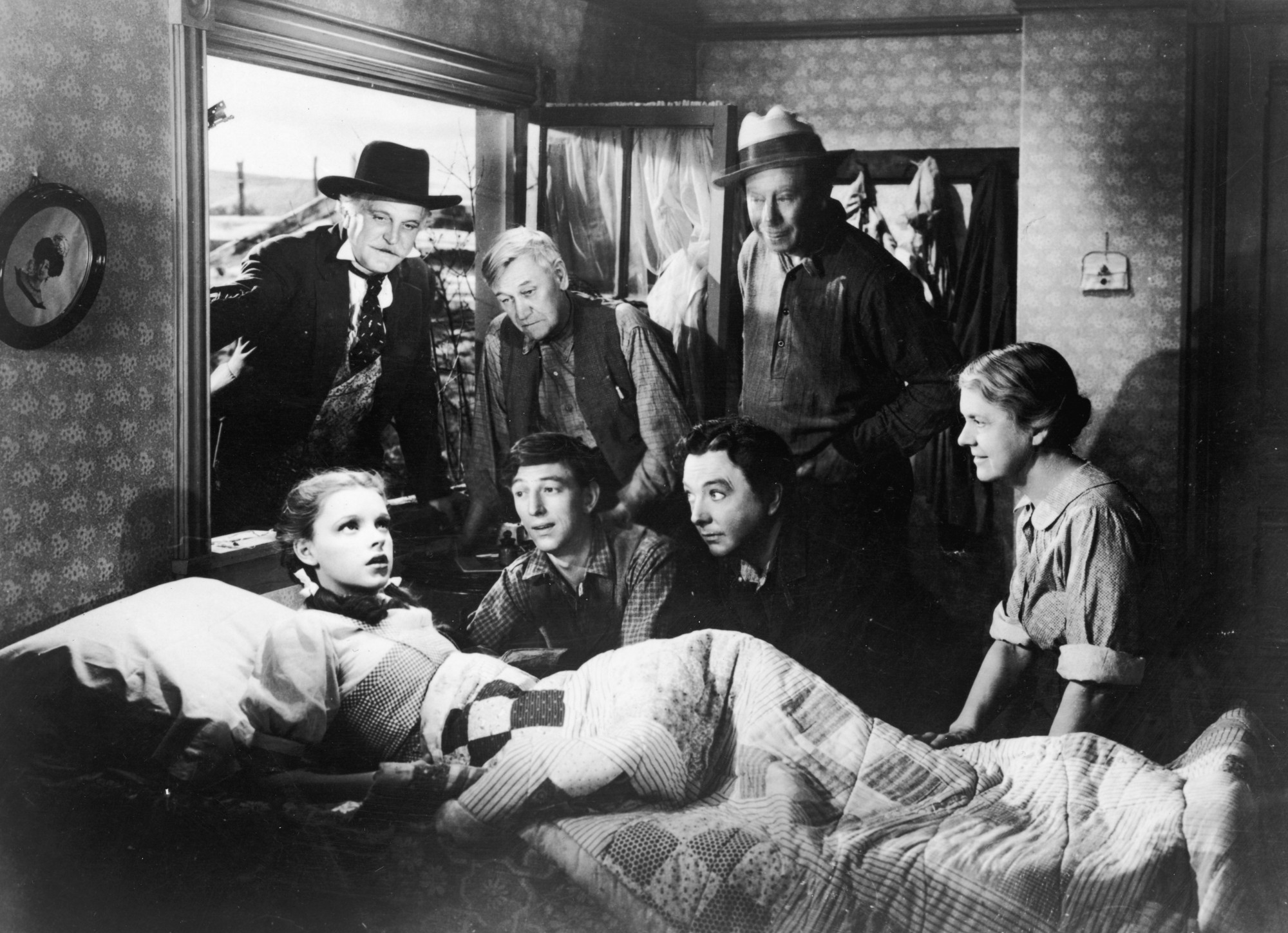Nostalgic America
Can You Name These 19 Movies By These Iconic Images?
By Bruce Berns · November 1, 2024
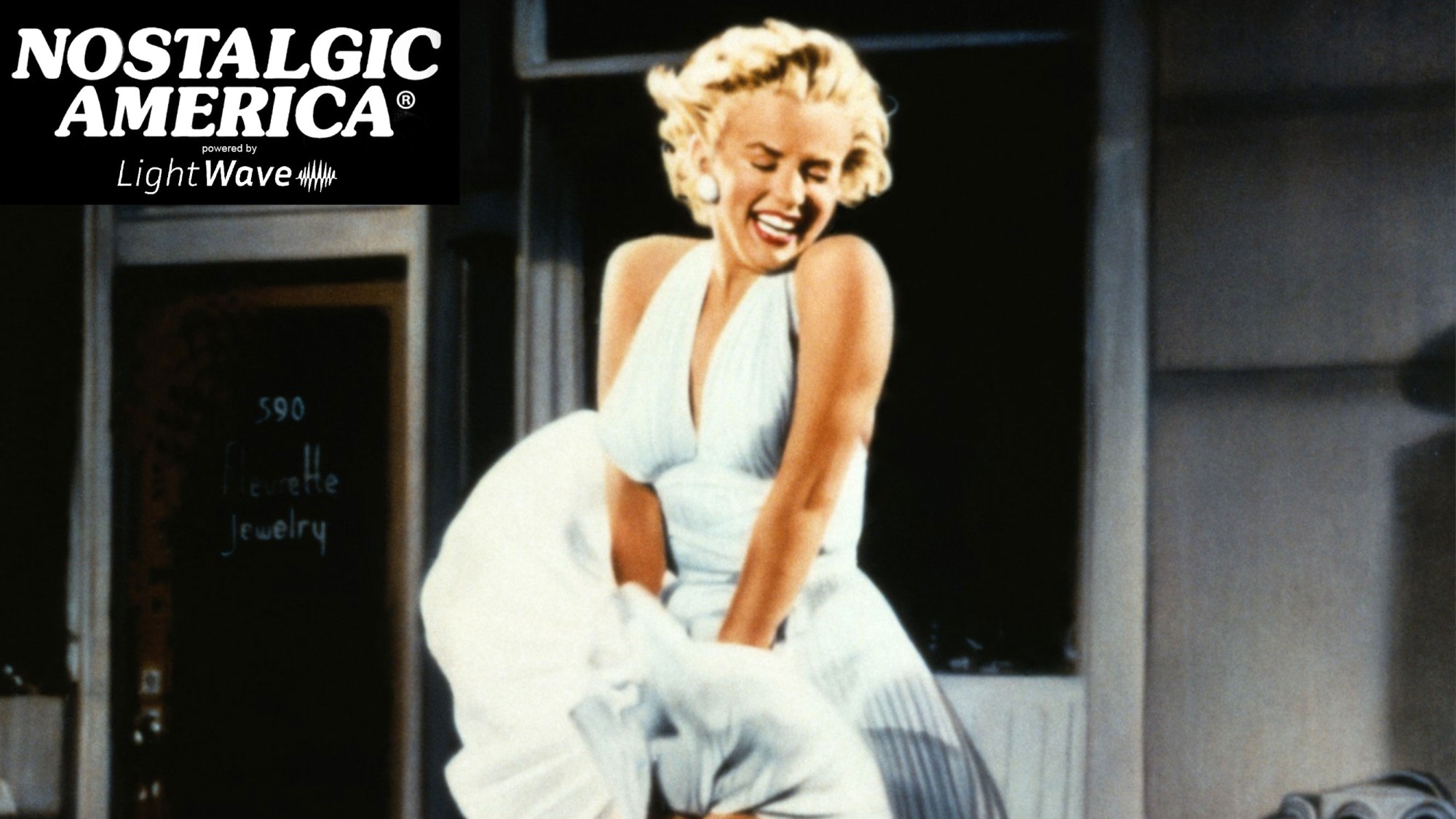
This curated collection of 20 iconic films spans over half a century of moviemaking magic, showcasing the evolution of Hollywood from its golden age to modern blockbusters. Each selection represents a pivotal moment in film history, whether it's Marilyn Monroe's billowing white dress in The Seven Year Itch or the groundbreaking special effects of James Cameron's Titanic.
These movies haven't just entertained audiences – they've shaped the very language of cinema, influencing countless filmmakers and captivating generations of moviegoers. Getty Images / Nostalgic America, Inc.
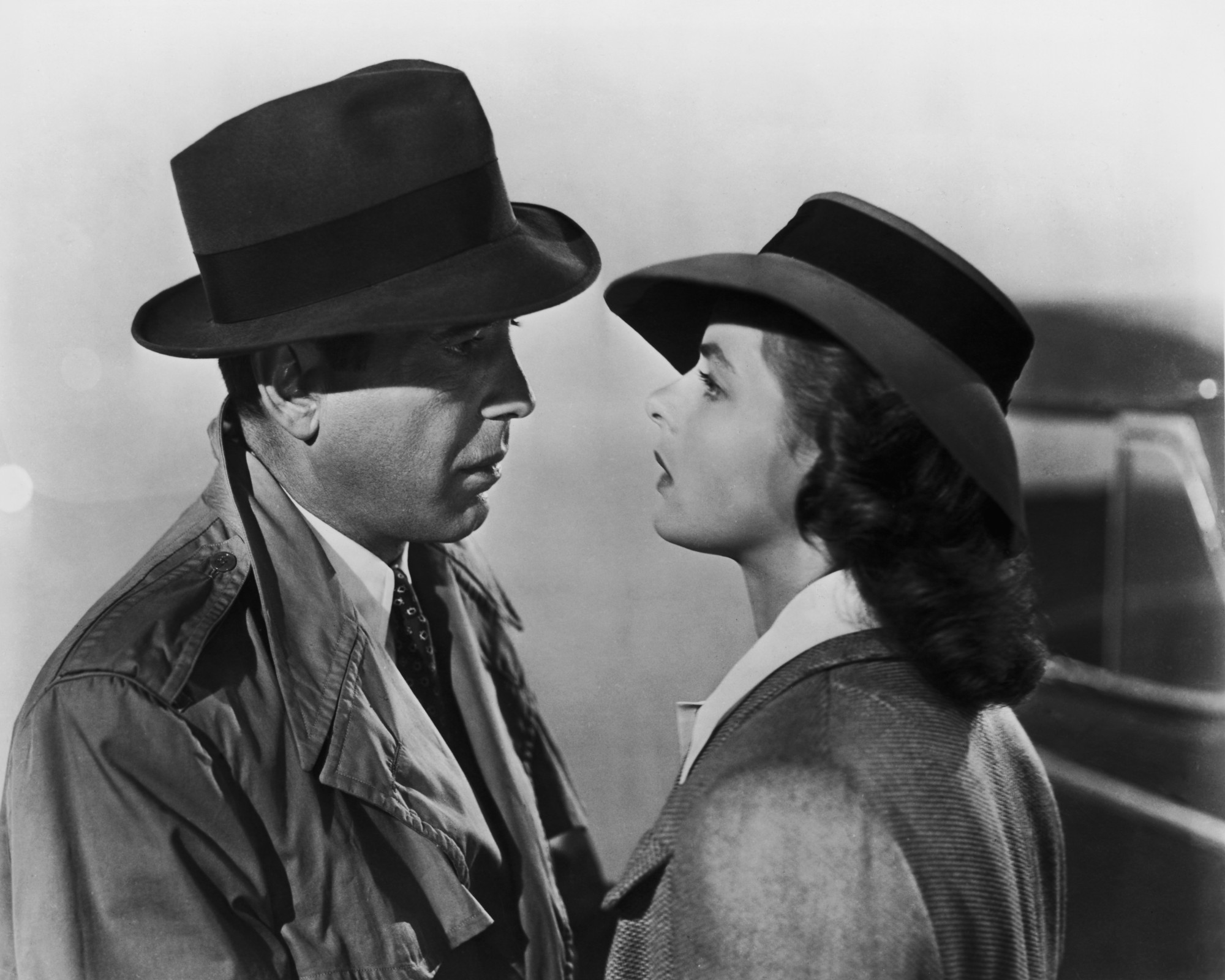
Casablanca (1942)
Humphrey Bogart stars as Rick Blaine, a cynical American who runs a nightclub in Vichy-controlled Casablanca. When his former lover, Ilsa Lund (Ingrid Bergman), arrives with her resistance-leader husband, Victor Laszlo, Rick faces a moral dilemma. The film explores love, sacrifice, and political intrigue, culminating in Rick’s decision to help Ilsa and Victor escape. Known for its iconic lines like “Here’s looking at you, kid” and its unforgettable ending, Casablanca won three Academy Awards and remains a classic example of Hollywood’s Golden Age. Getty Images / Nostalgic America, Inc.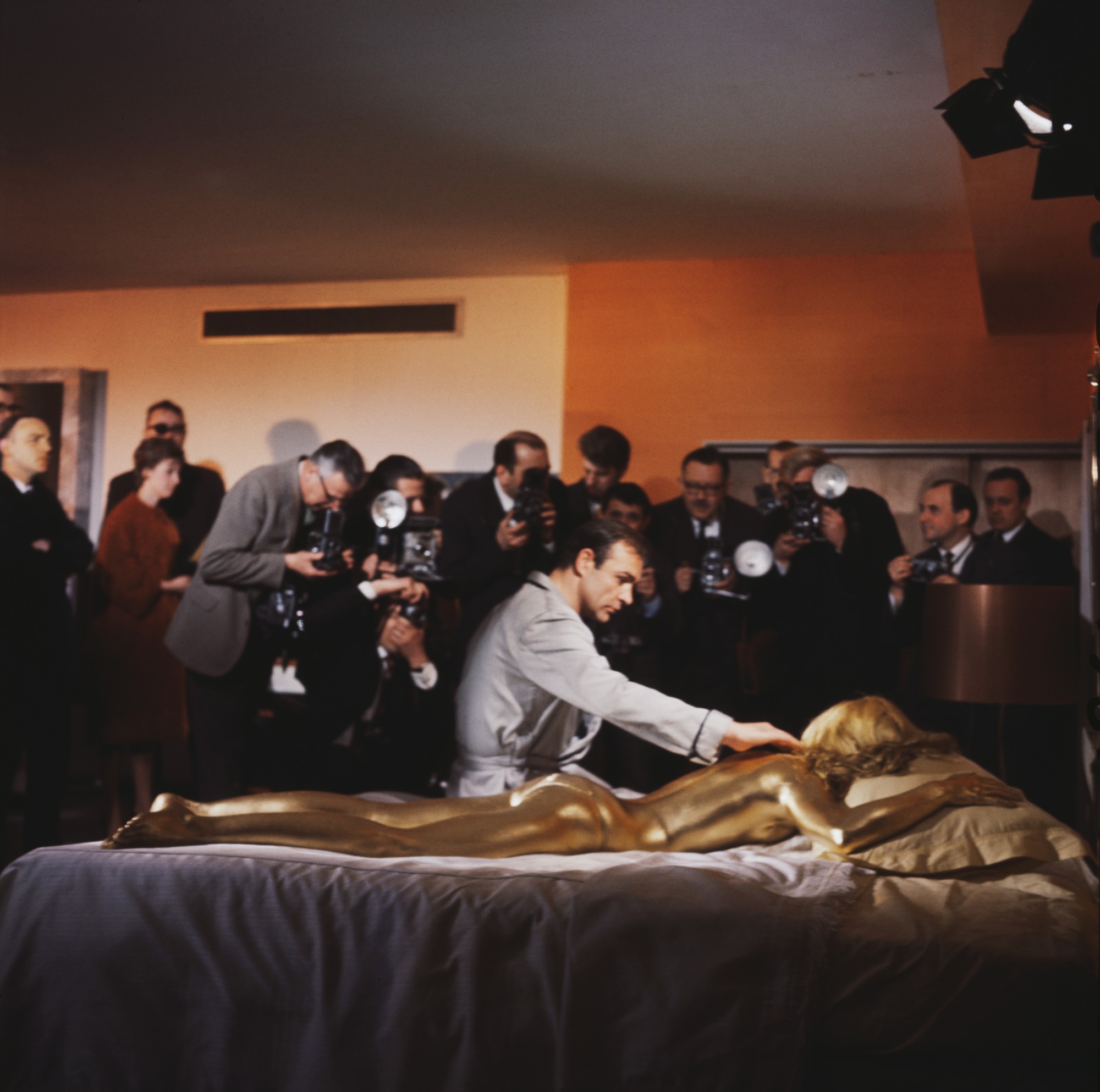
Goldfinger (1964)
Goldfinger, directed by Guy Hamilton, is the third James Bond film, starring Sean Connery as the iconic spy. Bond is tasked with investigating gold magnate Auric Goldfinger, who has a sinister plan to contaminate the U.S. gold reserves at Fort Knox in “Operation Grand Slam.” Bond faces off against the villain’s loyal henchman, Oddjob, and meets the glamorous pilot, Pussy Galore. Known for its gadgets, memorable lines, and thrilling action, Goldfinger set the template for future Bond films. The movie’s mix of adventure, espionage, and style made it a classic and established Bond as a global cinematic phenomenon. Getty Images / Nostalgic America, Inc.
Ben-Hur (1959)
Ben-Hur, directed by William Wyler, is an epic historical drama starring Charlton Heston as Judah Ben-Hur, a Jewish prince betrayed by his Roman friend, Messala. Sent to the galleys as a slave, Judah survives and vows revenge. His journey leads to a dramatic chariot race, one of the most famous sequences in cinematic history. Set against the backdrop of the Roman Empire, the story also intertwines with the life of Jesus Christ. Ben-Hur won 11 Academy Awards, including Best Picture, and is renowned for its grand scale, intense action sequences, and themes of redemption, friendship, and forgiveness. Getty Images / Nostalgic America, Inc.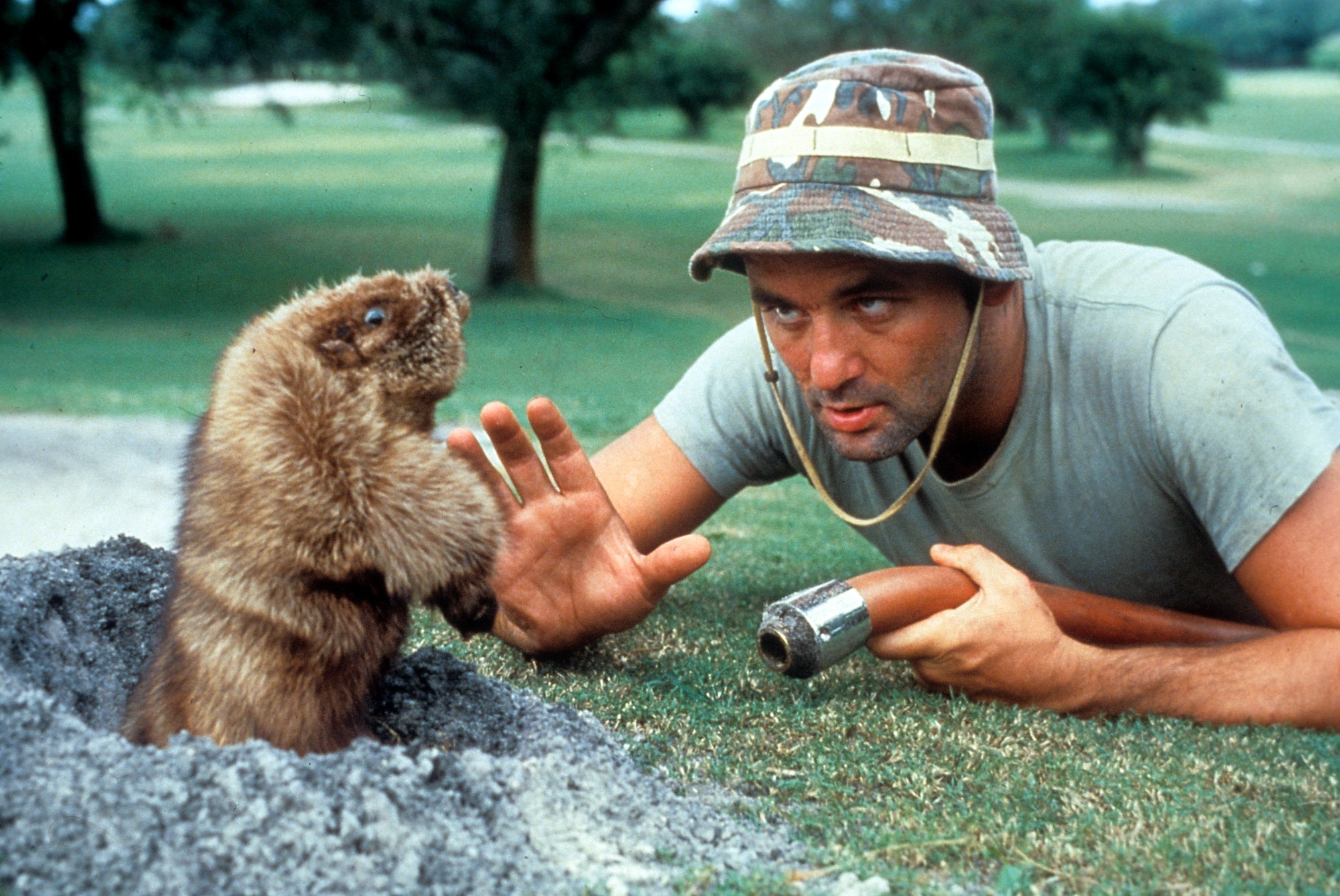
Caddyshack (1980)
Caddyshack is a cult classic comedy directed by Harold Ramis, set at the exclusive Bushwood Country Club. The film follows the misadventures of Danny Noonan (Michael O’Keefe), a young caddy hoping for a college scholarship, while encountering eccentric characters like the freewheeling Ty Webb (Chevy Chase) and groundskeeper Carl Spackler (Bill Murray). Rodney Dangerfield shines as a brash real estate developer clashing with the club's uptight members. Known for its irreverent humor and memorable one-liners, Caddyshack has become a beloved favorite among sports comedies. Its mix of slapstick and satire makes it a timeless, quotable film. Getty Images / Nostalgic America, Inc.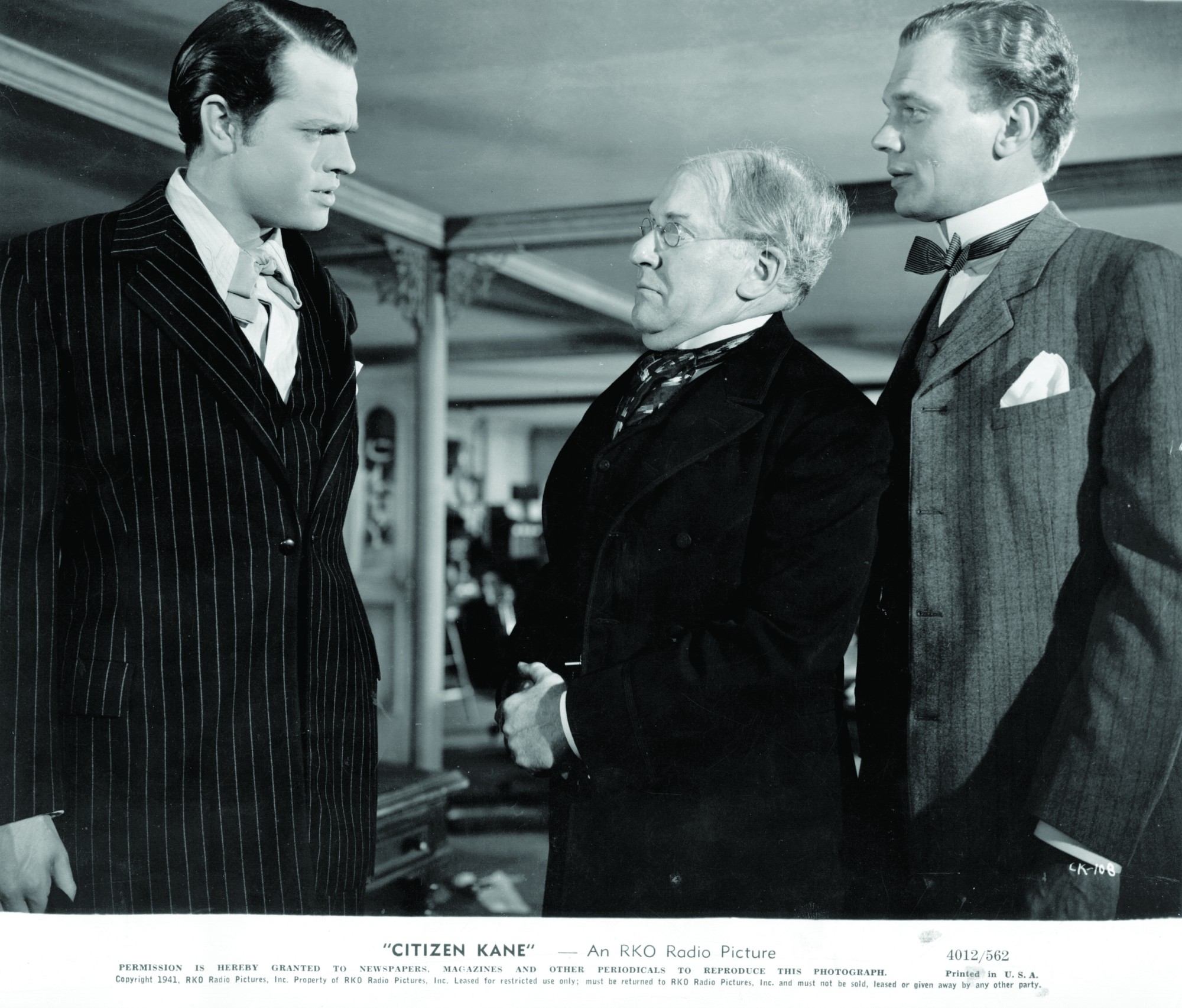
Citizen Kane (1941)
Directed by and starring Orson Welles, Citizen Kane is often regarded as one of the greatest films ever made. The story explores the life and legacy of Charles Foster Kane, a wealthy newspaper tycoon, told through flashbacks as a reporter investigates the meaning of Kane’s dying word, “Rosebud.” The film’s innovative use of deep focus, non-linear storytelling, and groundbreaking cinematography reshaped the language of cinema. Inspired by real-life figures like William Randolph Hearst, Citizen Kane delves into themes of power, ambition, and lost innocence. Its complex narrative and visual techniques continue to influence filmmakers and critics decades after its release. Getty Images / Nostalgic America, Inc.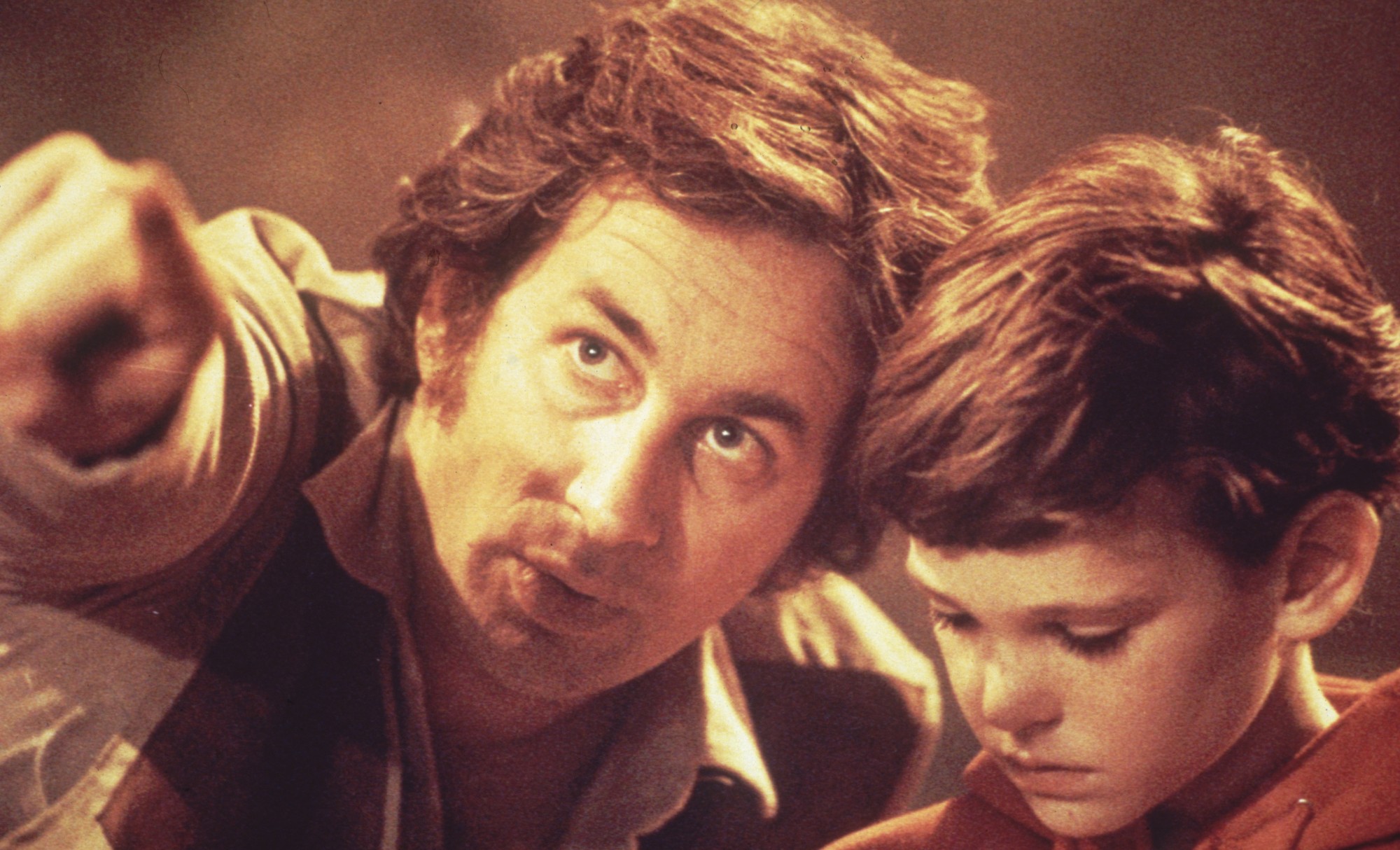
E.T. the Extra-Terrestrial (1982)
Directed by Steven Spielberg, E.T. the Extra-Terrestrial is a heartwarming sci-fi adventure about Elliott (Henry Thomas), a young boy who discovers a gentle alien stranded on Earth. Elliott and his siblings hide E.T. from authorities, forming a deep bond with the creature. As E.T. attempts to “phone home,” the film explores themes of friendship, empathy, and the innocence of childhood. With its groundbreaking special effects and John Williams’ emotional score, E.T. became a cultural phenomenon and one of the highest-grossing films of the 1980s. Its message of love and acceptance resonates with audiences of all ages. Getty Images / Nostalgic America, Inc.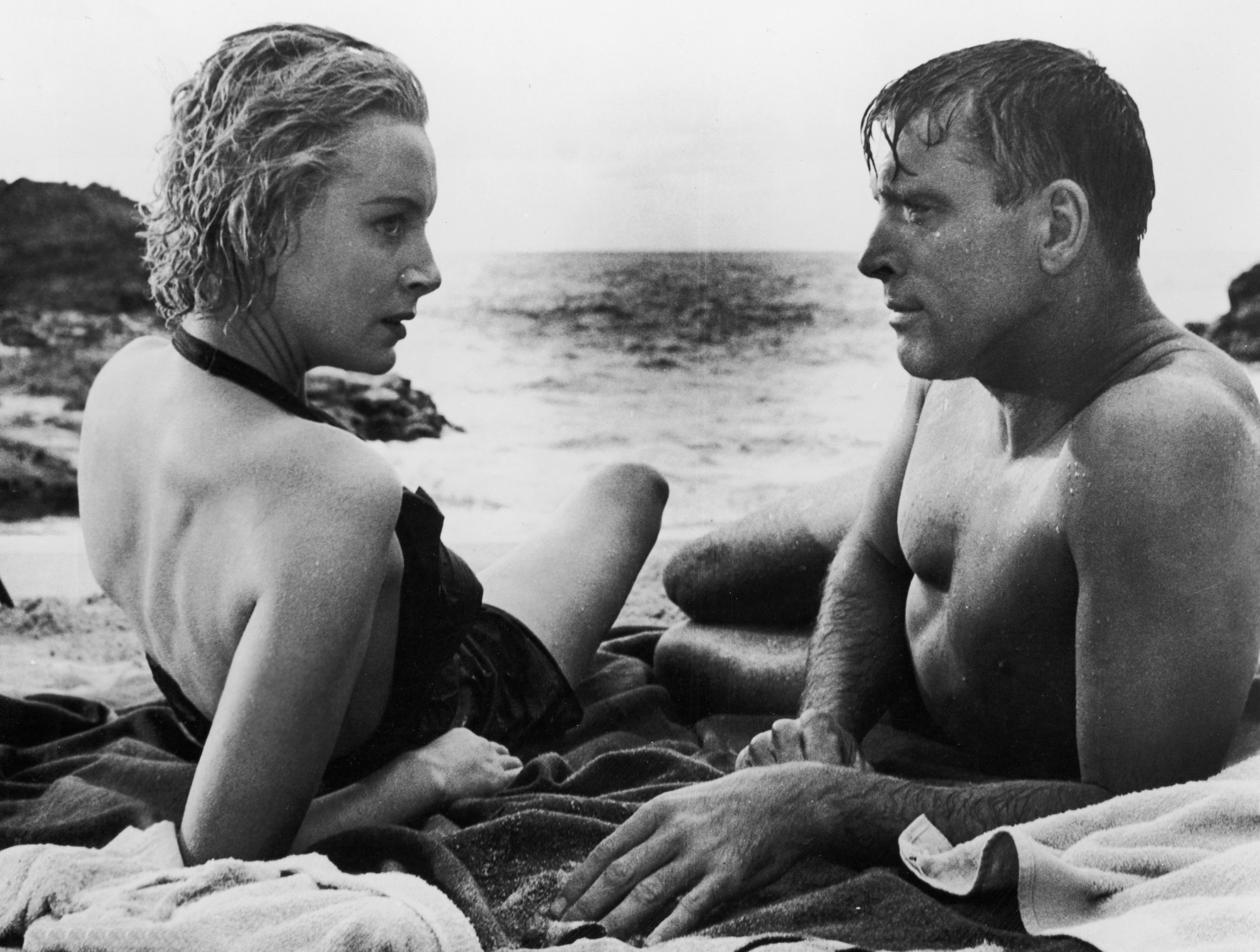
From Here to Eternity (1953)
From Here to Eternity is a World War II drama directed by Fred Zinnemann, set in the months before the Pearl Harbor attack. The film follows the lives of soldiers stationed in Hawaii, including Private Prewitt (Montgomery Clift), a former boxer facing bullying, and his sergeant, Warden (Burt Lancaster), who is having an affair with his captain’s wife (Deborah Kerr). Frank Sinatra won an Oscar for his role as Maggio, a troubled soldier. The film is famous for its beach scene with Lancaster and Kerr. From Here to Eternity won eight Academy Awards and is celebrated for its powerful storytelling. Getty Images / Nostalgic America, Inc.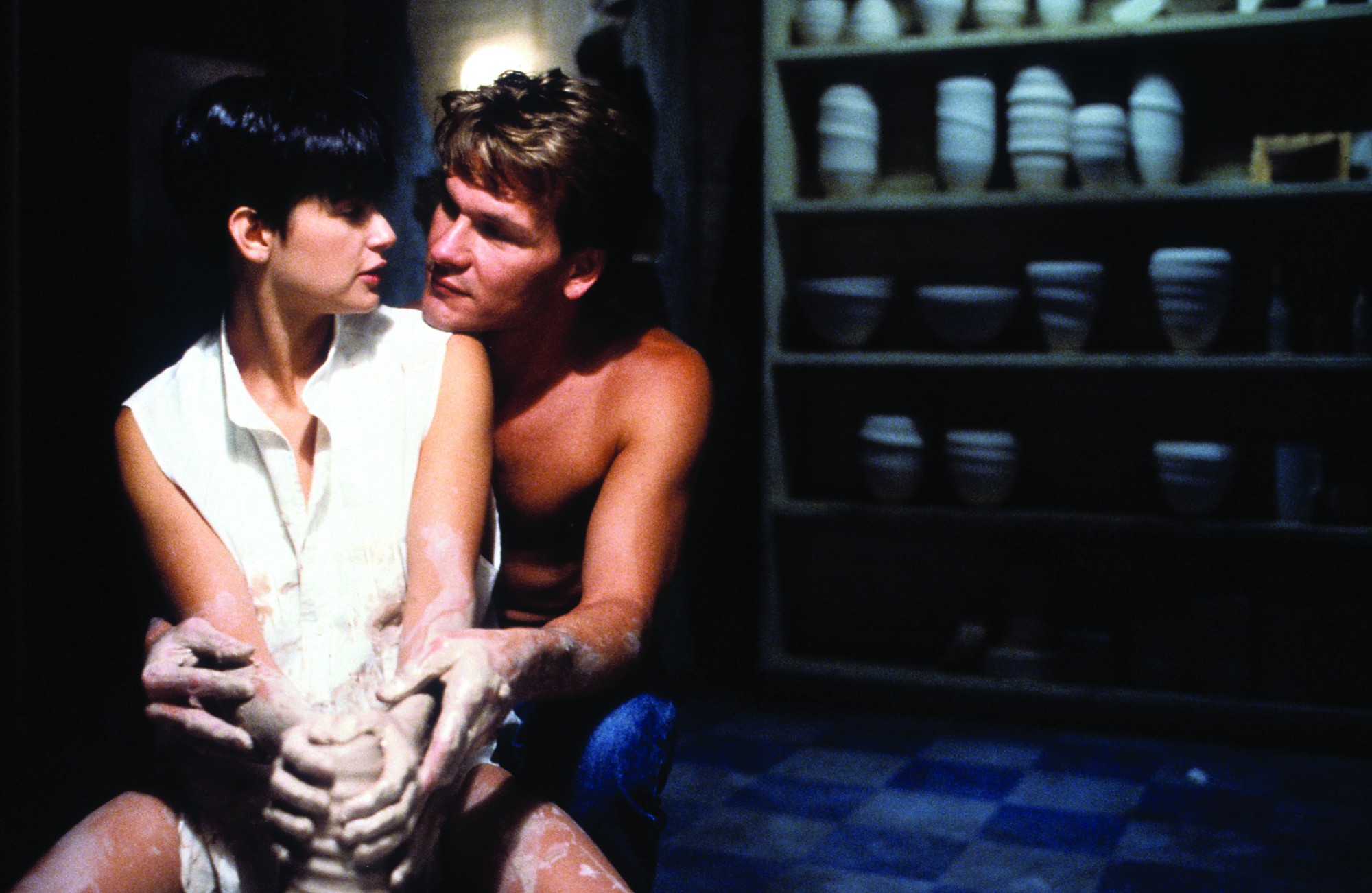
Ghost (1990)
Ghost, directed by Jerry Zucker, is a supernatural romantic drama starring Patrick Swayze, Demi Moore, and Whoopi Goldberg. After banker Sam Wheat (Swayze) is murdered, his spirit lingers to protect his girlfriend, Molly (Moore), from danger. With the help of a reluctant psychic, Oda Mae Brown (Goldberg), Sam uncovers the truth behind his death and finds a way to communicate with Molly. The film's iconic scenes, including the pottery-wheel moment set to "Unchained Melody," and its blend of romance, suspense, and humor made it a box office hit. Goldberg won an Oscar for her comedic yet heartfelt performance. Getty Images / Nostalgic America, Inc.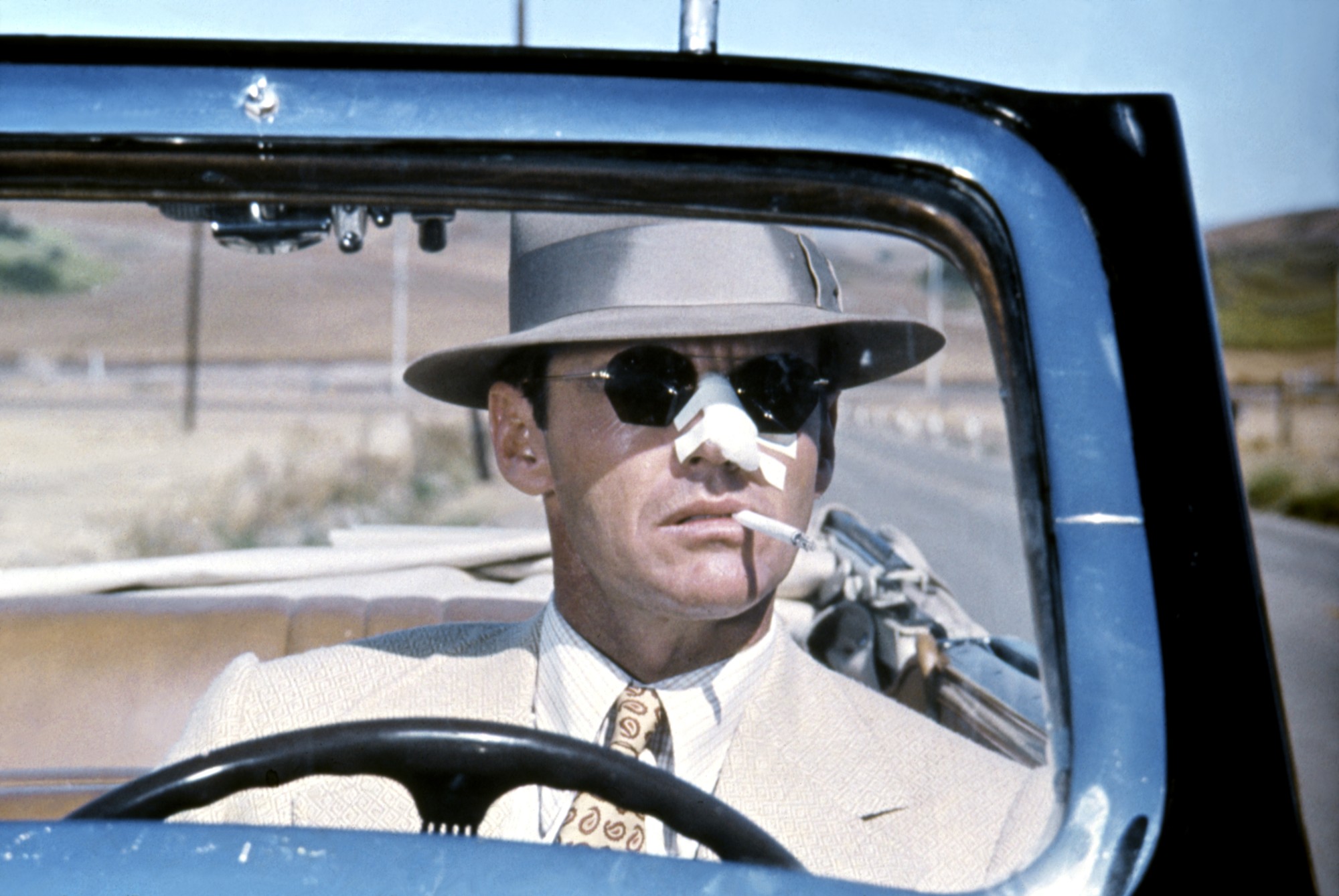
Chinatown (1974)
Chinatown, directed by Roman Polanski, is a neo-noir thriller starring Jack Nicholson as J.J. “Jake” Gittes, a private detective in 1930s Los Angeles. Hired to investigate a routine infidelity case, Gittes uncovers a conspiracy involving water rights, corruption, and hidden family secrets. Faye Dunaway plays the mysterious Evelyn Mulwray, while John Huston delivers a chilling performance as her father, Noah Cross. Known for its atmospheric style, complex narrative, and dark ending, Chinatown explores themes of power, greed, and moral ambiguity. The film’s screenplay, written by Robert Towne, is considered one of the best in cinematic history. Getty Images / Nostalgic America, Inc.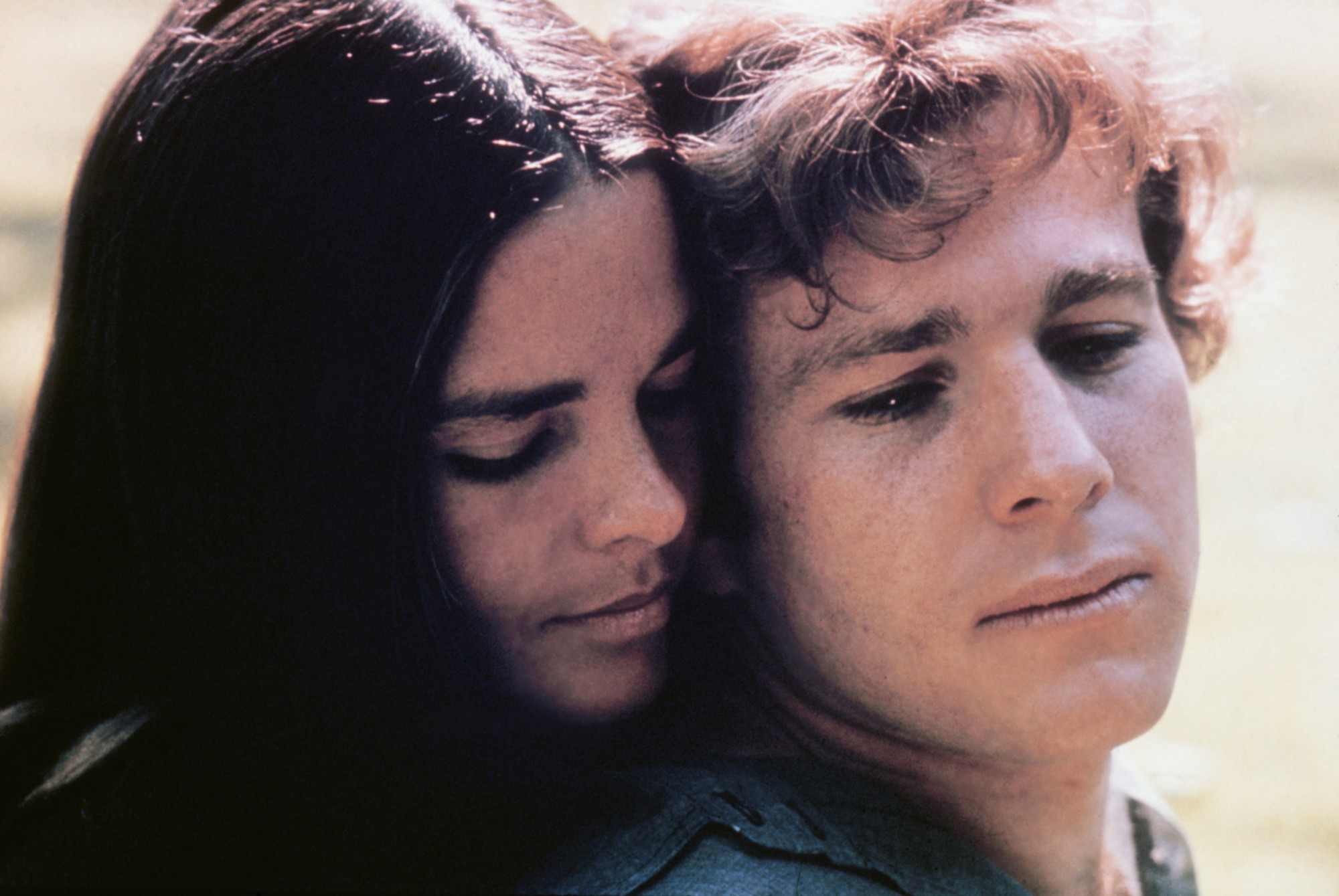
Love Story (1970)
Love Story, directed by Arthur Hiller, is a romantic drama starring Ryan O’Neal and Ali MacGraw as Oliver and Jenny, a couple from different social backgrounds who fall in love during their college years. Despite facing opposition from Oliver’s wealthy family, they marry and build a life together, only to face tragedy when Jenny is diagnosed with a terminal illness. Known for the famous line, “Love means never having to say you’re sorry,” the film became a cultural sensation, resonating with audiences for its tear-jerking story and heartfelt performances. Love Story earned multiple Oscar nominations and became a classic. Getty Images / Nostalgic America, Inc.
The Seven Year Itch (1955)
Directed by Billy Wilder, The Seven Year Itch is a comedy about Richard Sherman (Tom Ewell), a middle-aged man experiencing a wandering eye while his family is away for the summer. When a beautiful young woman (Marilyn Monroe) moves into the apartment above him, his imagination and attraction run wild. The film is famous for Monroe’s iconic scene where her white dress billows over a subway grate. The Seven Year Itch humorously explores themes of temptation and infidelity, blending Wilder’s sharp wit with Monroe’s playful charm. It remains a classic representation of 1950s romantic comedy and star power. Getty Images / Nostalgic America, Inc.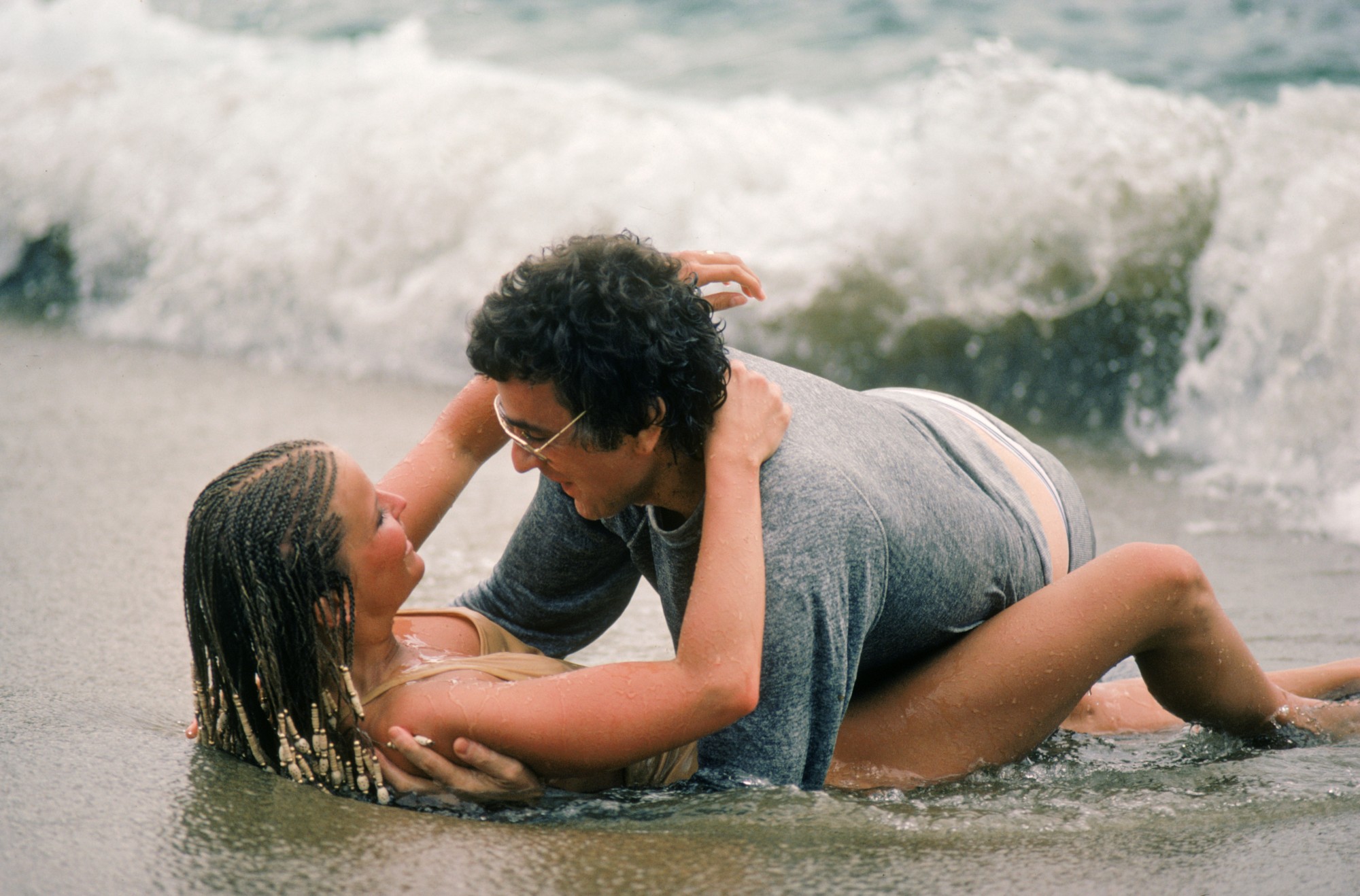
10 (1979)
Directed by Blake Edwards, 10 is a romantic comedy that follows George Webber (Dudley Moore), a middle-aged composer experiencing a midlife crisis. When he becomes infatuated with Jenny (Bo Derek), a young woman he sees on her wedding day, George embarks on a quest to find her in Mexico. The film humorously explores themes of aging, desire, and self-reflection as George grapples with his obsession and realizes the value of his existing relationship. 10 became a cultural phenomenon, particularly for Bo Derek’s beach scene, and solidified Moore’s comedic reputation, offering a witty commentary on love and vanity. Getty Images / Nostalgic America, Inc.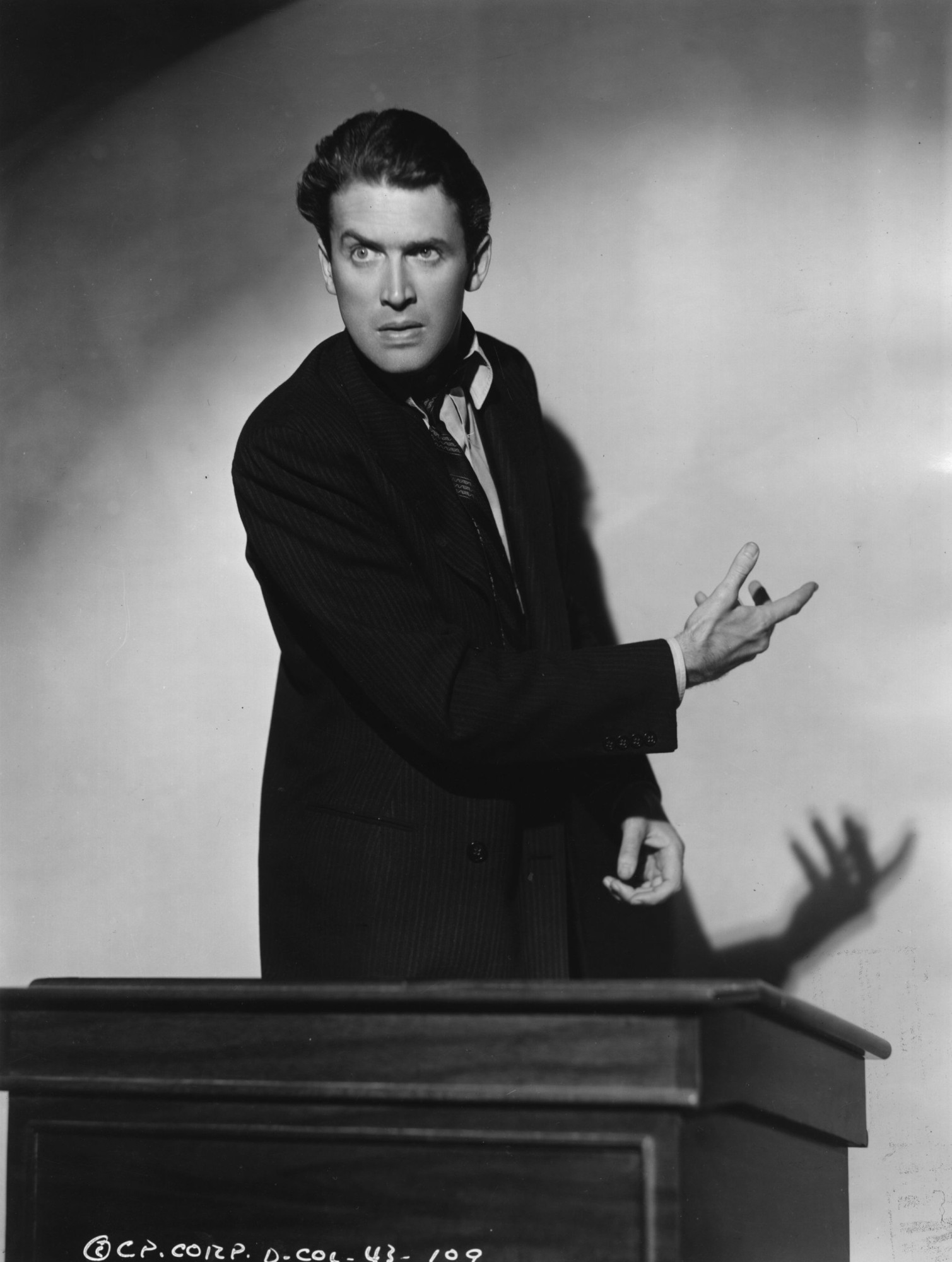
Mr. Smith Goes to Washington (1939)
Directed by Frank Capra, Mr. Smith Goes to Washington stars James Stewart as Jefferson Smith, a naive but idealistic man who is appointed to the U.S. Senate. Upon arriving in Washington, he discovers widespread corruption among his fellow senators, led by his mentor. Determined to fight for justice, Smith launches a heroic filibuster to expose the corruption and defend his values. The film explores themes of democracy, integrity, and the power of one person’s stand against the system. Stewart’s powerful performance and Capra’s direction made the film a classic, resonating with audiences as a tribute to American idealism. Getty Images / Nostalgic America, Inc.
To Kill a Mockingbird (1962)
To Kill a Mockingbird, directed by Robert Mulligan, is an adaptation of Harper Lee’s classic novel, set in the racially segregated South. Gregory Peck stars as Atticus Finch, a principled lawyer who defends Tom Robinson, a Black man falsely accused of raping a white woman. Seen through the eyes of Atticus’s young daughter Scout, the film explores themes of racial injustice, empathy, and moral courage. Peck’s portrayal of Finch earned him an Academy Award, and the film remains a powerful depiction of prejudice and integrity. Its timeless message and emotional depth have made it a cornerstone of American cinema. Getty Images / Nostalgic America, Inc.
One Flew Over the Cuckoo’s Nest (1975)
One Flew Over the Cuckoo’s Nest, directed by Miloš Forman, stars Jack Nicholson as Randle McMurphy, a rebellious man who pretends to be insane to avoid prison time, ending up in a mental institution. Inside, he clashes with the oppressive Nurse Ratched (Louise Fletcher), who rules the ward with an iron fist. McMurphy inspires the other patients to challenge her authority, leading to a battle of wills with tragic consequences. The film explores themes of individuality, freedom, and institutional power. It won five Academy Awards, including Best Picture, and is celebrated for its powerful performances and poignant social commentary. Getty Images / Nostalgic America, Inc.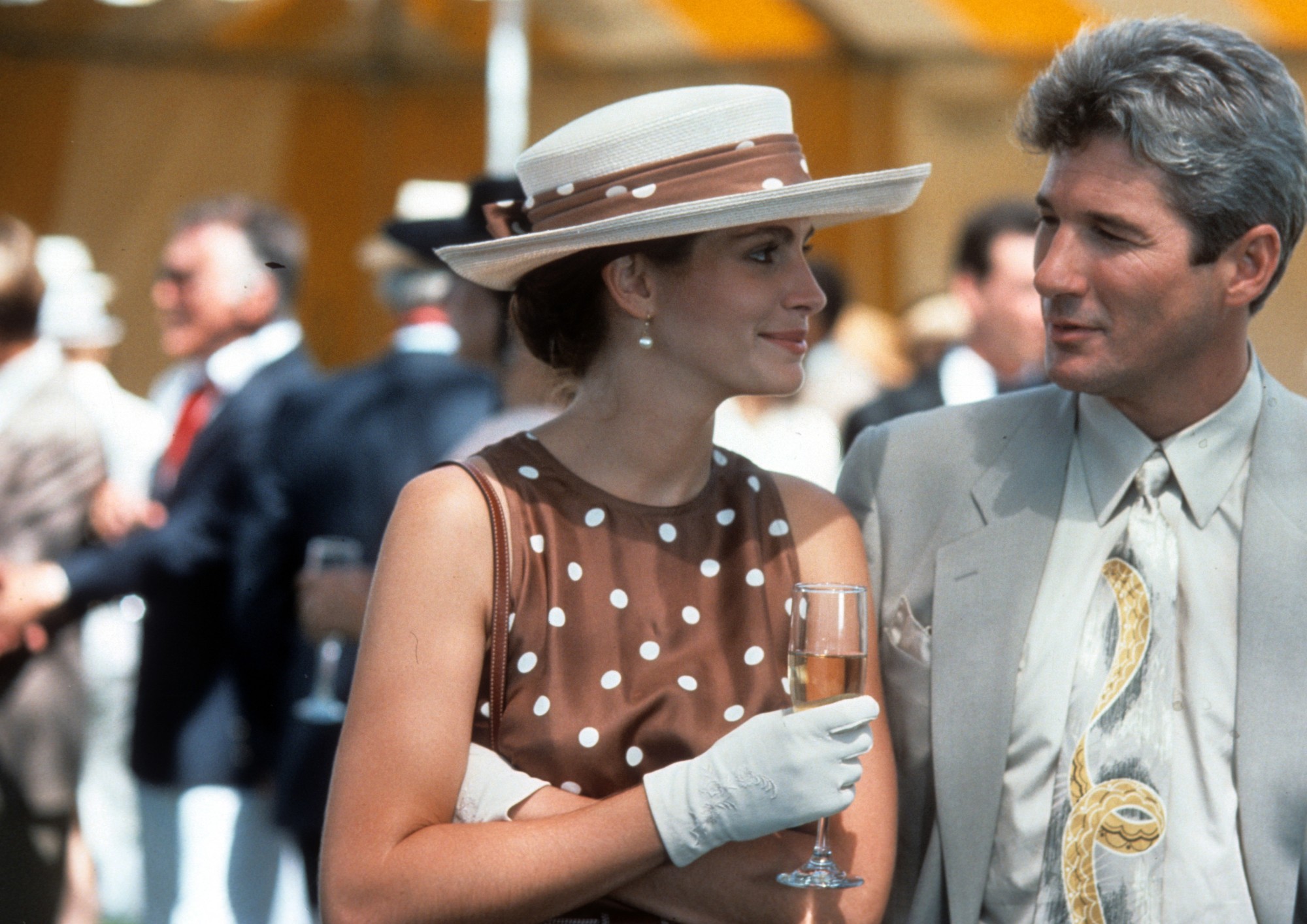
Pretty Woman (1990)
Directed by Garry Marshall, Pretty Woman is a romantic comedy starring Julia Roberts and Richard Gere. The story follows Vivian (Julia Roberts), a spirited Hollywood prostitute, who is hired by wealthy businessman Edward Lewis (Richard Gere) to accompany him to social events. As they spend time together, their relationship evolves from a business arrangement into genuine affection. The film explores themes of love, self-worth, and the contrasts between their worlds. Julia Roberts’ star-making performance, charming chemistry with Gere, and the film’s Cinderella-inspired story made Pretty Woman a massive box office hit and a beloved romantic classic of the 1990s. Getty Images / Nostalgic America, Inc.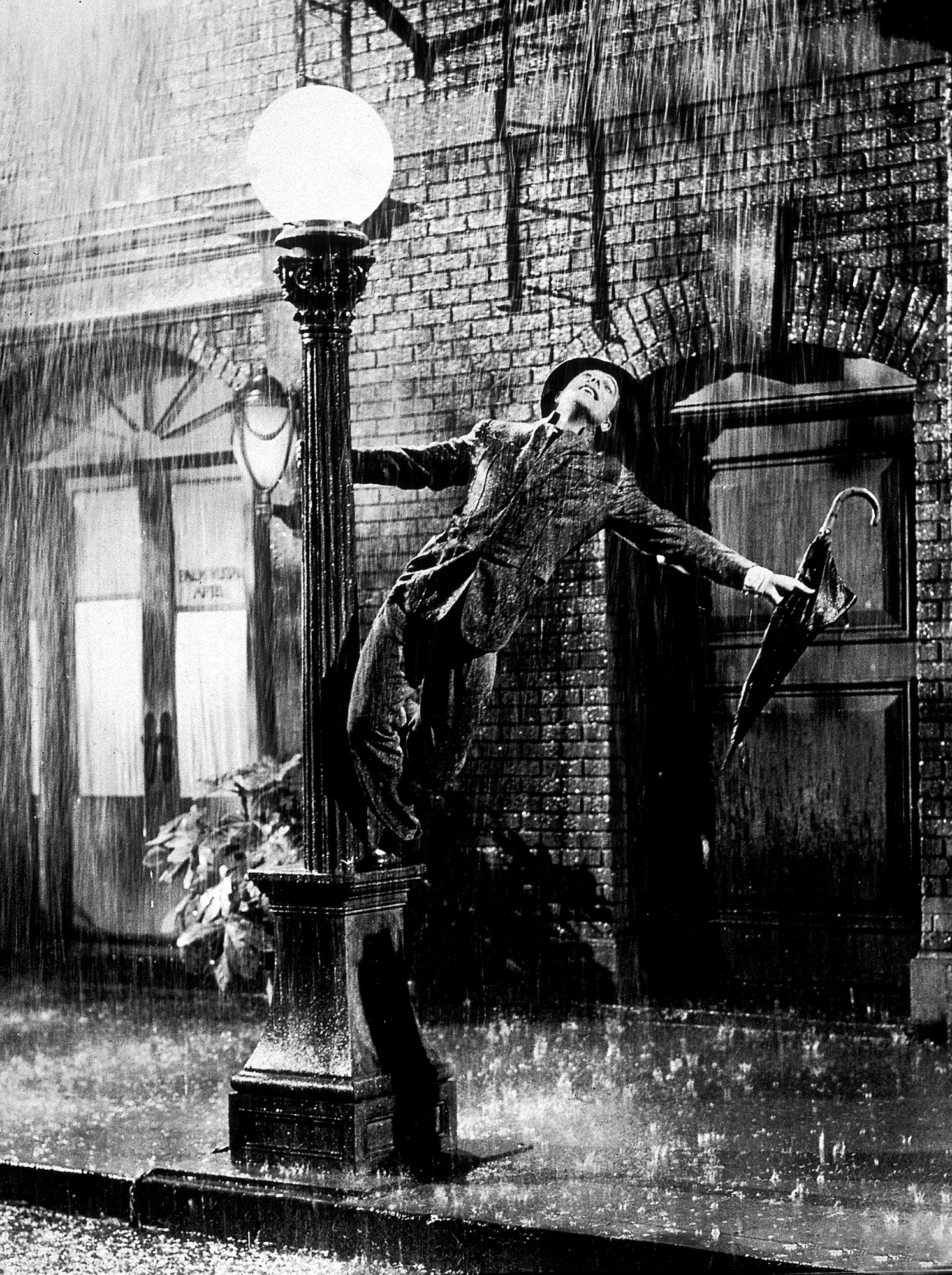
Singin’ in the Rain (1952)
Singin’ in the Rain is a celebrated musical directed by Gene Kelly and Stanley Donen. It stars Kelly, Debbie Reynolds, and Donald O’Connor, set during Hollywood’s transition from silent films to talkies. The story follows silent film star Don Lockwood (Kelly) as he adapts to new challenges with the arrival of sound in movies. Highlights include Kelly’s iconic “Singin’ in the Rain” dance sequence and O’Connor’s “Make ‘Em Laugh” performance. The film’s vibrant choreography, catchy songs, and romantic charm make it a timeless tribute to the golden age of Hollywood and one of the greatest musicals ever made. Getty Images / Nostalgic America, Inc.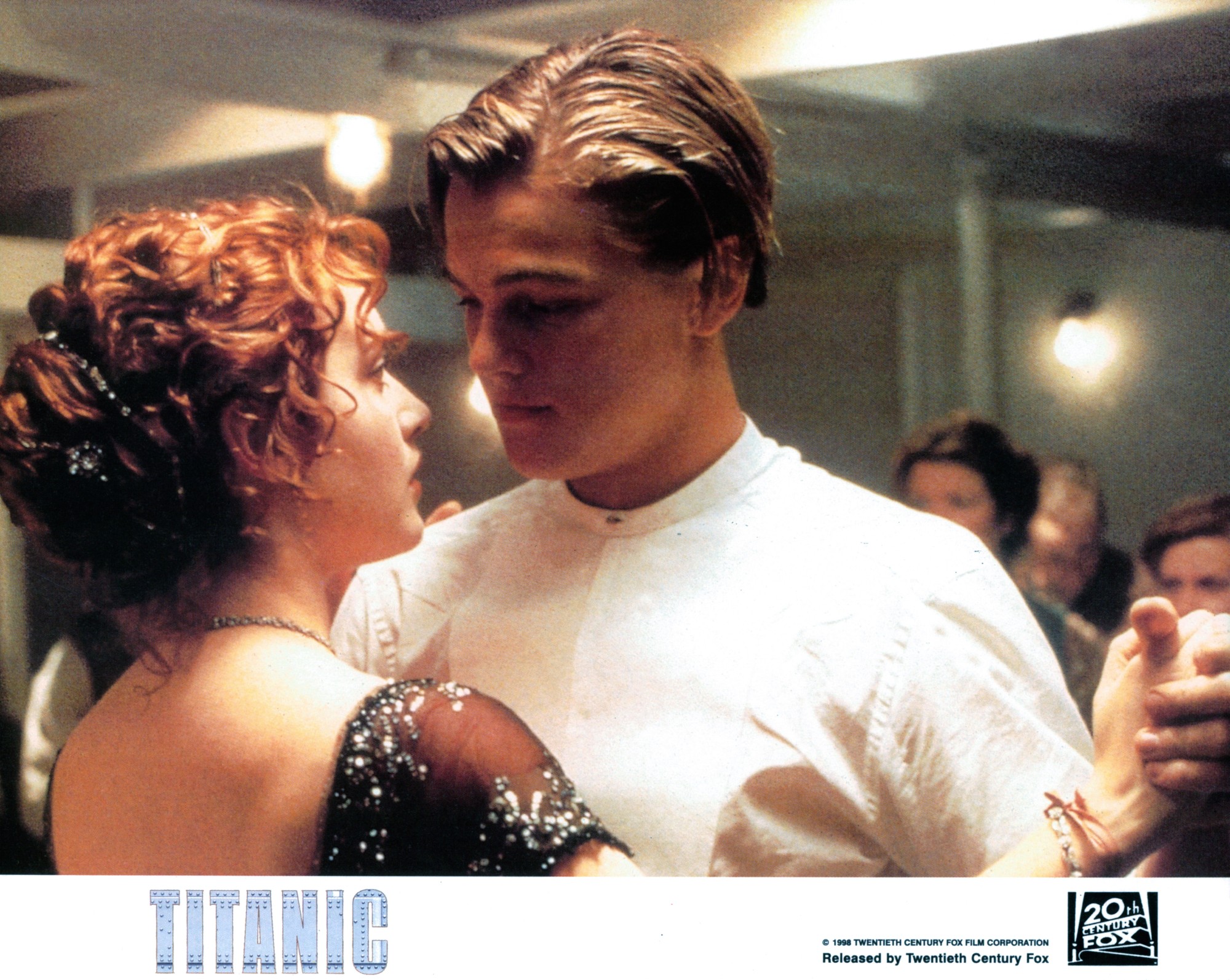
Titanic (1997)
Directed by James Cameron, Titanic is an epic romance set against the backdrop of the ill-fated RMS Titanic’s maiden voyage in 1912. The story follows Jack Dawson (Leonardo DiCaprio), a poor artist, and Rose DeWitt Bukater (Kate Winslet), an upper-class young woman, who fall in love despite societal differences. As the ship hits an iceberg and begins to sink, their love story becomes a fight for survival. The film’s groundbreaking special effects, detailed set design, and Celine Dion’s iconic song “My Heart Will Go On” made it a global phenomenon. It won 11 Academy Awards, including Best Picture. Getty Images / Nostalgic America, Inc.